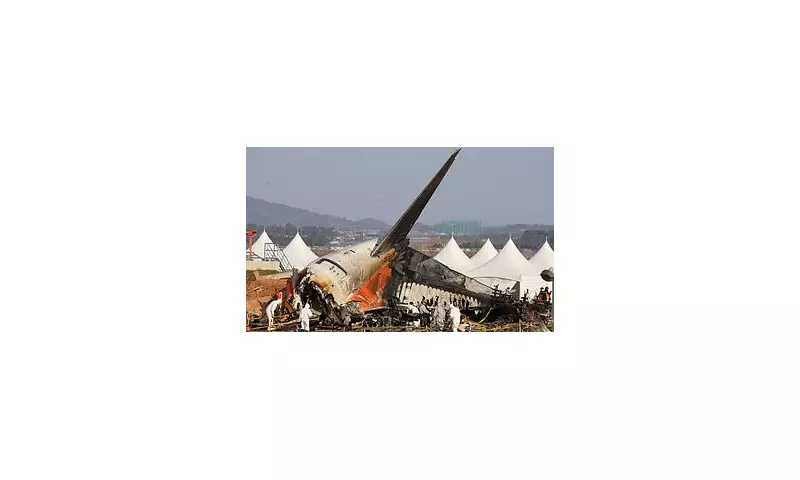
Aviation experts are sounding the alarm as disturbing trends point toward 2025 potentially becoming the most catastrophic year for air travel in modern history. Multiple industry insiders have revealed concerning patterns that could culminate in unprecedented safety challenges.
The Perfect Storm of Risk Factors
Several critical factors are converging to create what aviation safety specialists describe as a "perfect storm" of risk. Industry analysts point to aging aircraft fleets, maintenance backlogs, and workforce shortages as primary contributors to the growing concern.
"We're seeing maintenance intervals being stretched beyond recommended limits," revealed one senior aviation engineer who wished to remain anonymous. "The pressure to keep planes flying amid high travel demand is creating compromises that keep me awake at night."
Maintenance Concerns Reach Critical Levels
Multiple sources within major airlines and maintenance facilities have reported increasing pressure to reduce aircraft downtime. This has led to:
- Extended periods between mandatory inspections
- Shortcuts in routine maintenance procedures
- Use of non-OEM parts to cut costs
- Insufficient training for new maintenance staff
Fleet Age and Component Fatigue
Many airlines are operating aircraft well beyond their intended service life, with some planes having undergone multiple extensions to their operational certificates. The cumulative effect of metal fatigue and component wear is becoming increasingly difficult to monitor accurately.
"We're dealing with aircraft that have logged more cycles than their original design specifications accounted for," explained a veteran aircraft inspector. "The margin for error is shrinking with every additional flight."
Industry Response and Regulatory Challenges
While aviation authorities maintain that safety remains the top priority, internal documents suggest that regulatory oversight is struggling to keep pace with the rapid expansion of air travel. The gap between theoretical safety standards and practical implementation appears to be widening.
Passengers are advised to remain vigilant but not panicked, as air travel still maintains an impressive safety record overall. However, industry professionals emphasize that without immediate intervention, the current trajectory could lead to disastrous consequences.





